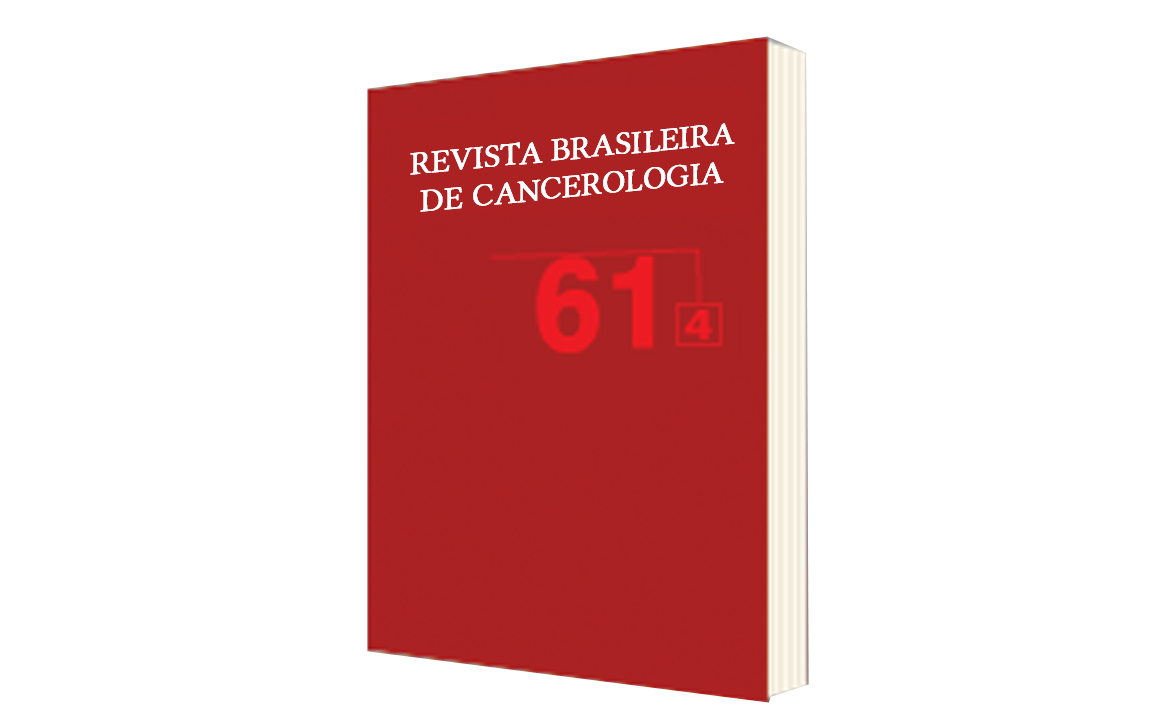Mortality Trends from Leukemia in Salvador - Brazil, 1980 to 2012
DOI:
https://doi.org/10.32635/2176-9745.RBC.2015v61n4.185Keywords:
Leukemia/epidemiology, Leukemia/mortality, Time Series Studies, BrazilAbstract
Introduction: Leukemia affects all age ranges and races and is responsible for approximately 3% of all cases of cancer in Brazil and worldwide. Objective: The aim of this paper is to describe the mortality rate trends of leukemia (myeloid and lymphoid) in the state of Bahia and in Salvador city, from 1980 to 2012. Method: This is an aggregate study, whose data on deaths and on population were obtained from the Mortality Information System and from the Brazilian Institute of Geography and Statistics, respectively. For the analysis of time trends we used Poisson regression with over dispersion assessment. The results represent the annual average percentage of increase or decrease, adjusted by the number of deaths due to undefined cause of death. Results: There was a reduction in standardized mortality rates from leukemia of 0.81% among men and 1.16% among women in Salvador. In the state of Bahia, the rates increased 3.45% and 2.10% among men and women, respectively. Conclusion: The results of this study suggest that rates are increasing in the State of Bahia, indicating the importance of actions directed at early access to diagnosis and treatment.









